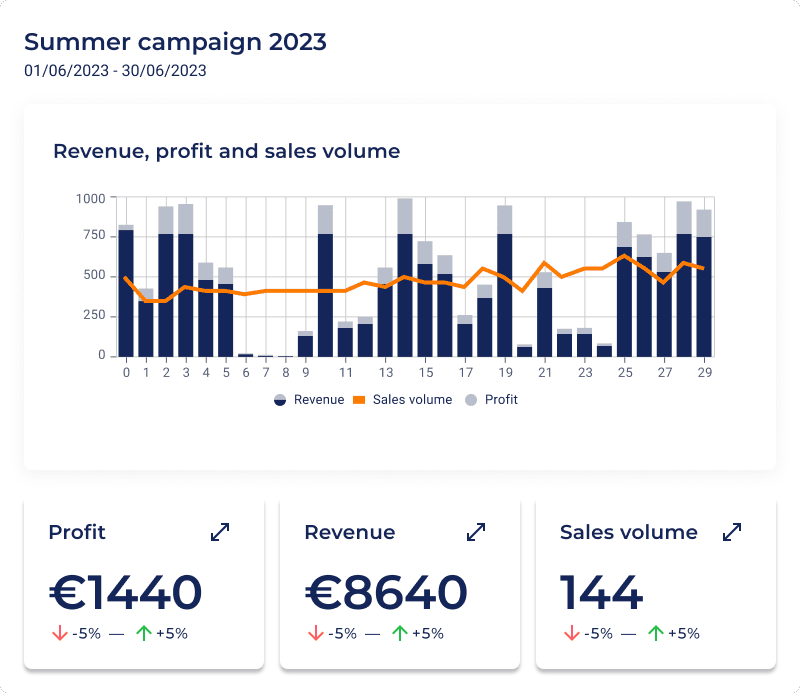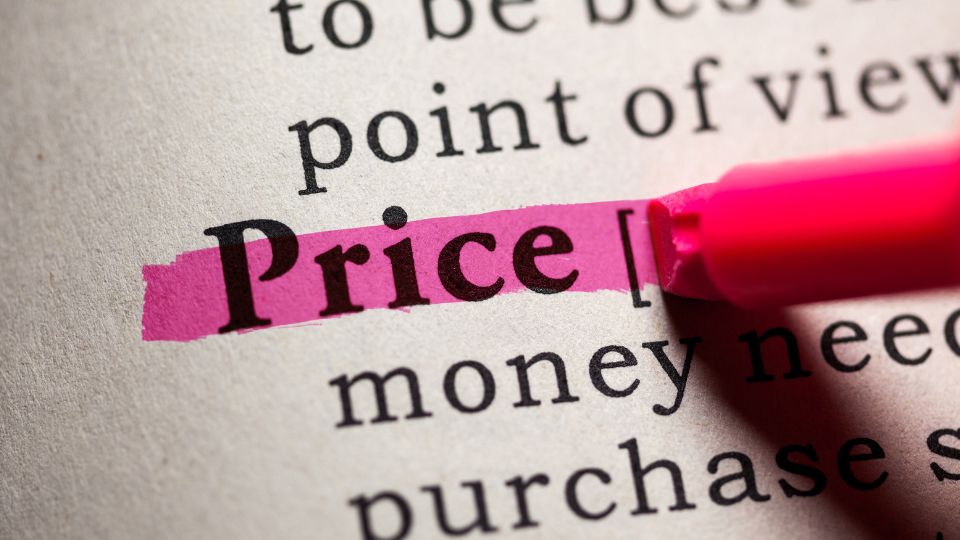Traditional pricing strategies like discounts and BOGO deals are effective but can become commonplace and may not yield the desired impact. The e-commerce field is so competitive that you have to constantly seek innovative ways to drive online success. But the question is: how can you stand out from the crowd?
In this blog post, we will explore unconventional pricing strategies that can help businesses thrive in the digital realm and create a lasting impression on their customers.
Dynamic Pricing
Dynamic pricing involves adjusting prices based on real-time market conditions, demand, and customer behaviour. While the concept isn’t new, leveraging artificial intelligence and machine learning algorithms can take it to a whole new level. This approach enables businesses to optimize prices constantly, ensuring they remain competitive and maximize revenue without sacrificing profits. For instance, using dynamic pricing during off-peak hours can incentivize customers to make purchases when demand is low, thereby increasing sales during slower periods.
In the contemporary business landscape, dynamic pricing has become increasingly prevalent as companies recognize its effectiveness. When conducting competitor analysis, it is crucial to ascertain whether competitors are employing dynamic pricing strategies. If they are, considering dynamic pricing software solutions becomes imperative, allowing your business to adapt and compete effectively in this dynamic marketplace. Embracing dynamic pricing software equips you with a competitive edge and the ability to capitalize on ever-changing market dynamics.
Price campaigns easier than ever.
Create campaigns in a few clicks, get insights and recommendations for your products.

Pay-What-You-Want Model
Embrace the power of trust and generosity with the Pay-What-You-Want model. Instead of setting a fixed price, let customers determine the value they place on your product or service. While this strategy may seem risky, studies have shown that customers often appreciate the freedom to choose and are willing to pay more than expected when given the opportunity. Additionally, this pricing approach can foster a stronger sense of customer loyalty and a positive brand reputation.
The Pay-What-You-Want model has been used in various industries, including entertainment, hospitality, software, and even charitable donations. It can be applied to a wide range of products and services, from digital downloads and software applications to concerts, events, and restaurants.
The PWYW model can yield several benefits for businesses, such as:
- Customer Engagement: By involving customers in the pricing decision, businesses can foster a deeper sense of engagement and connection with their audience.
- Improved Perception: The PWYW model is often seen as a generous and customer-centric approach, which can enhance the brand’s reputation and create positive word-of-mouth.
- Revenue Generation: Surprisingly, studies have shown that some customers choose to pay more than the standard price in a PWYW setting, leading to increased revenue in certain cases.
- Market Insights: The varying amounts customers choose to pay can provide valuable insights into how they perceive the product’s value and their willingness to pay.
- Attracting New Customers: The flexibility of PWYW pricing may attract customers who are price-sensitive or uncertain about the product’s value.
However, it’s important to note that implementing a PWYW model requires careful consideration. Depending solely on customers’ goodwill might not always be sustainable, and there is a risk that some customers may take advantage of the system by paying very little or nothing at all.
Gamified Pricing
Inject fun and excitement into the buying process with gamified pricing. Incorporate interactive elements like spin-the-wheel, scratch-off discounts, or mystery pricing boxes that reveal surprise discounts upon checkout. This approach not only entices customers to explore your offerings more thoroughly but also generates a sense of anticipation and engagement, increasing the likelihood of conversion.
Subscription-Based Pricing
Move away from one-time transactions and adopt a subscription-based model. This strategy not only ensures a steady stream of revenue but also enhances customer retention and loyalty. By providing exclusive benefits, early access to products, or premium content, you can entice customers to subscribe, ultimately leading to a stable and predictable income flow.
Conclusion
In the fast-paced world of e-commerce, unconventional pricing strategies can be the key to online success. By breaking away from traditional pricing norms and embracing innovative approaches, businesses can captivate their audience, foster customer loyalty, and ultimately boost revenue. Remember, experimenting with these strategies may require A/B testing and careful analysis to determine their effectiveness for your specific target audience and industry.
As you explore these unconventional pricing strategies, always keep customer satisfaction at the forefront of your decision-making process. Happy customers are more likely to become brand advocates and spread the word, driving organic growth and long-term success for your online business.


